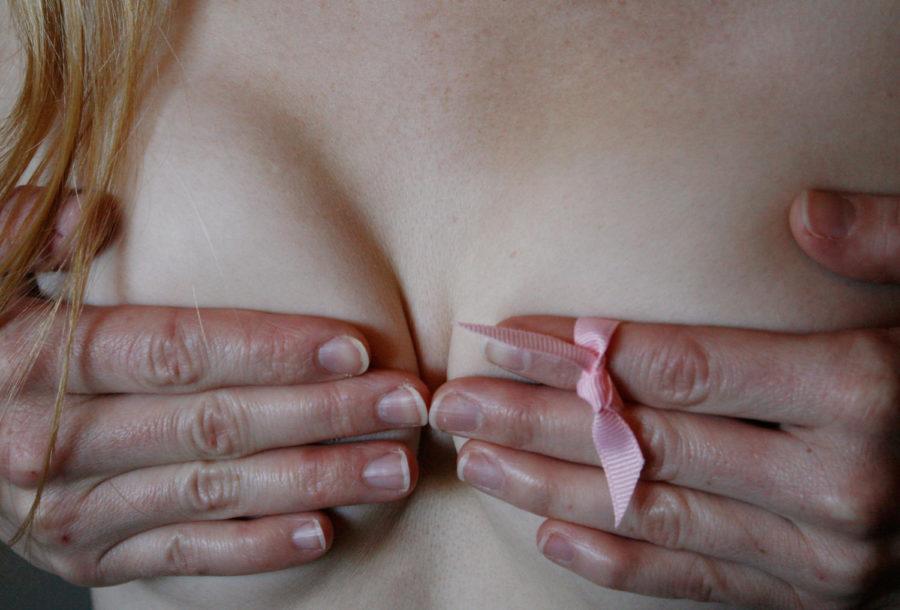Keeping abreast: Student reflects on mother’s battle
Illustration: Brandi Boyett/Iowa State Daily
October is National Breast Cancer Awareness Month. Its icon, the pink ribbon, expresses support for those who have been affected by cancer in the past.
October 14, 2013
Cancer has affected many lives at Iowa State, including that of Carolyn Clark, whose mother was diagnosed with breast cancer in 2011. Clark is currently a junior in agronomy.
“She had stage 1; it was ductile infiltrate carcinoma,” Clark said.
Breast cancer is a type of cancer that typically affects women older than 40; however, there are cases of younger women receiving such a diagnosis.
In their lifetime, one in eight women are likely to develop breast cancer, one of the most invasive cancers among women.
Clark’s mother was in her early 40s when she noticed a lump in one of her breasts. The several mammograms she had over the years had missed the cancer.
Women have multiple options when it comes to checking for breast cancer symptoms. For a woman in her 20s, self-breast examinations are the most common according to the American Cancer Society. If changes occur, then it is time to seek a health care professional for an exam.
“It was really scary because she discovered it herself,” Clark said.
Once the cancer was discovered, Clark’s mother went through both chemotherapy and radiation therapy. Those treatments are very common when the cancer has not spread throughout the body.
Clark, who is the survivorship chairwoman for Colleges Against Cancer, said breast cancer in 20-year-olds is much more common than people think.
“The survival rate, however, is much higher than it used to be,” Clark said.
There are resources available for women who want to be proactive in the fight against breast cancer.
The American Cancer Society recommends women get mammograms on a yearly basis after age 40.
“Make sure that people know to do self-breast examinations and go in for mammograms,” Clark said.
Breast cancer that is not caught early enough can travel into lymph nodes, and once it hits lymph nodes, it is able to go throughout the entire body.
“It is a scary experience, but due to research done by different groups such as Susan B. Komen or the American Cancer Society, there has been leaps and bounds made in the area of breast cancer,” Clark said.
Clark’s mother has been cancer free for more than two years now and continues to be proactive in the fight by getting mammograms every six months.







